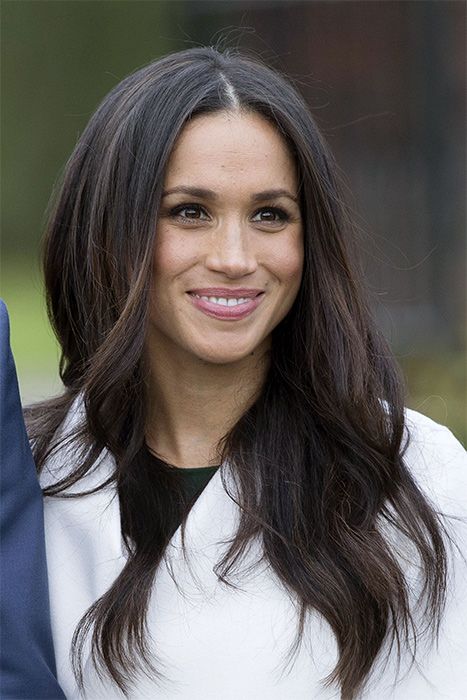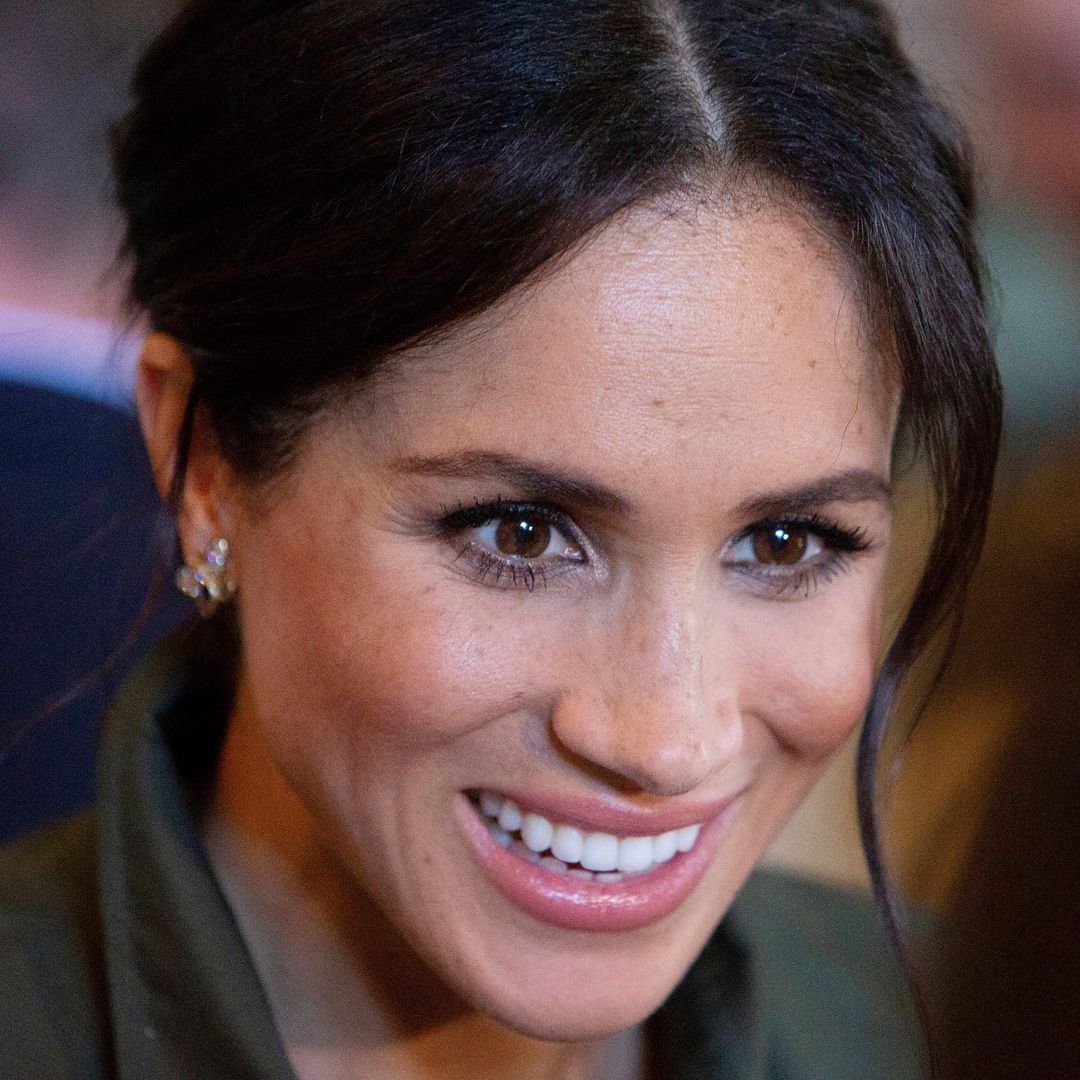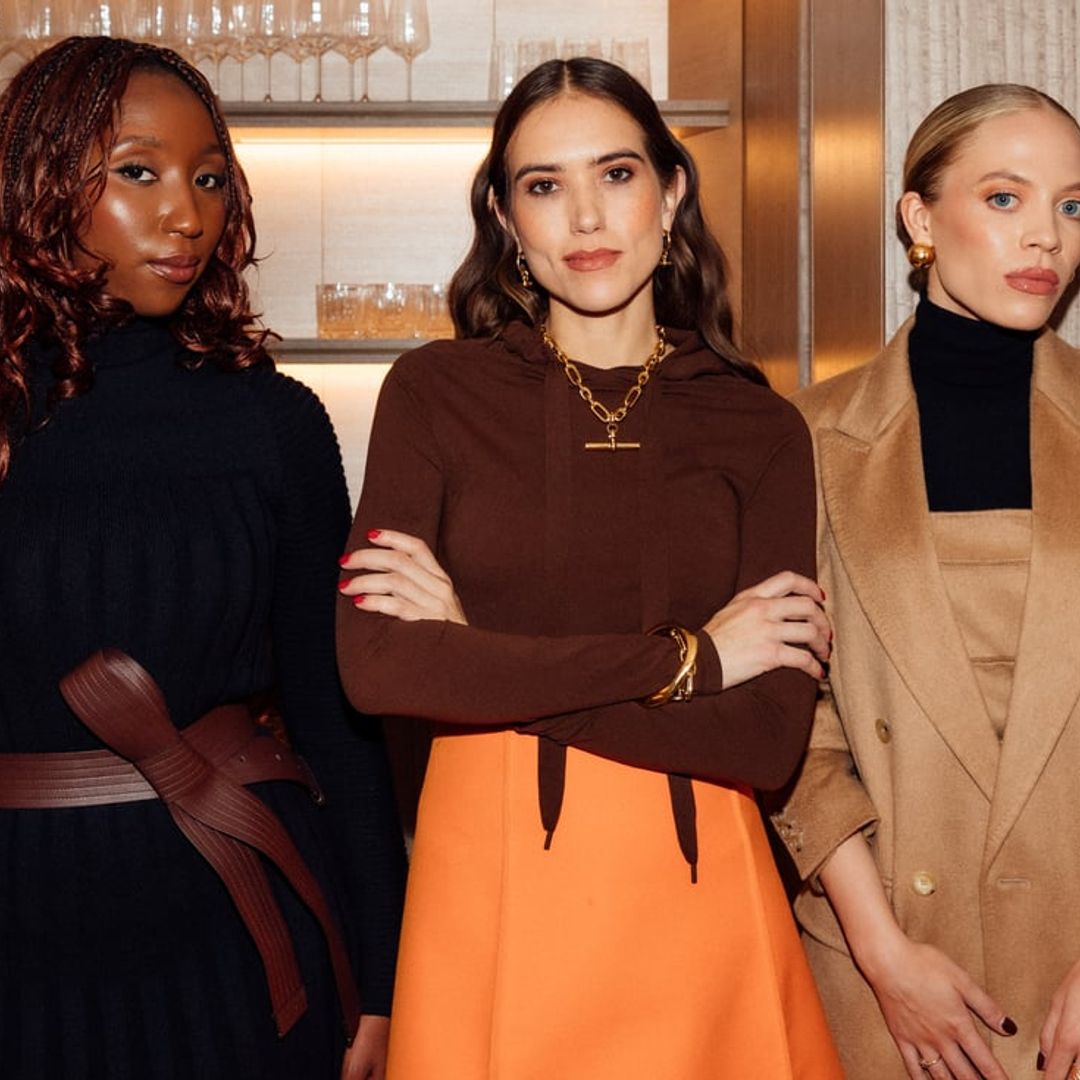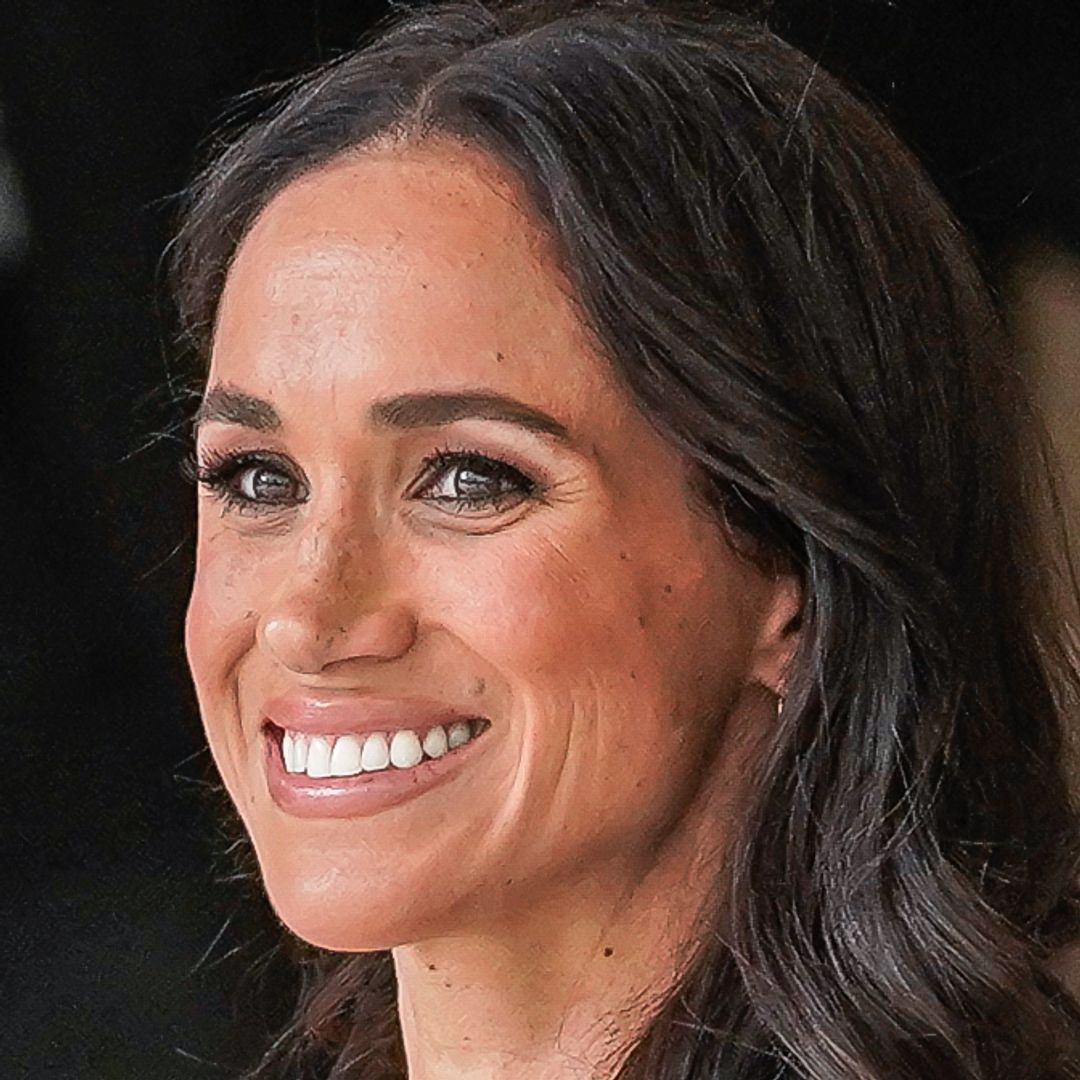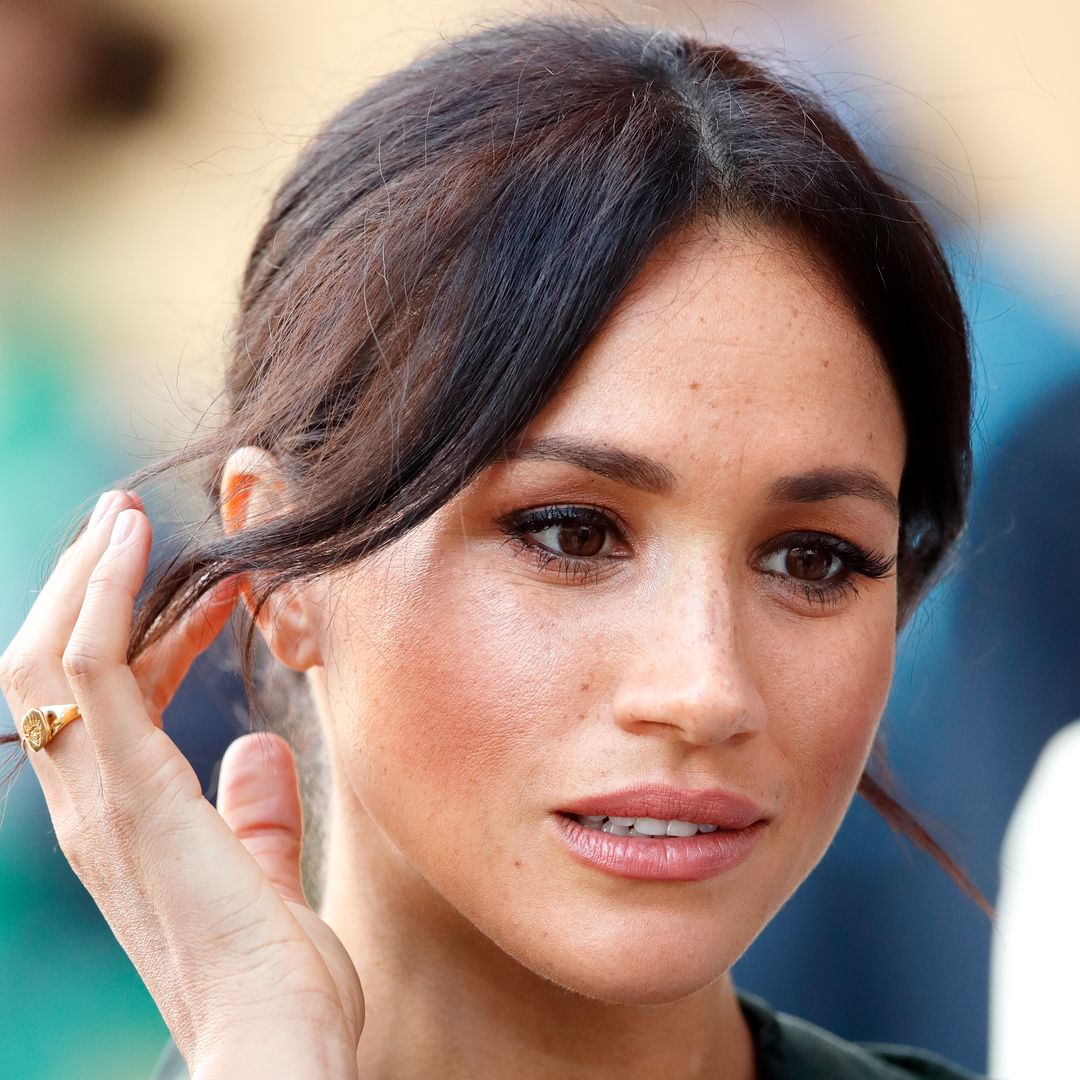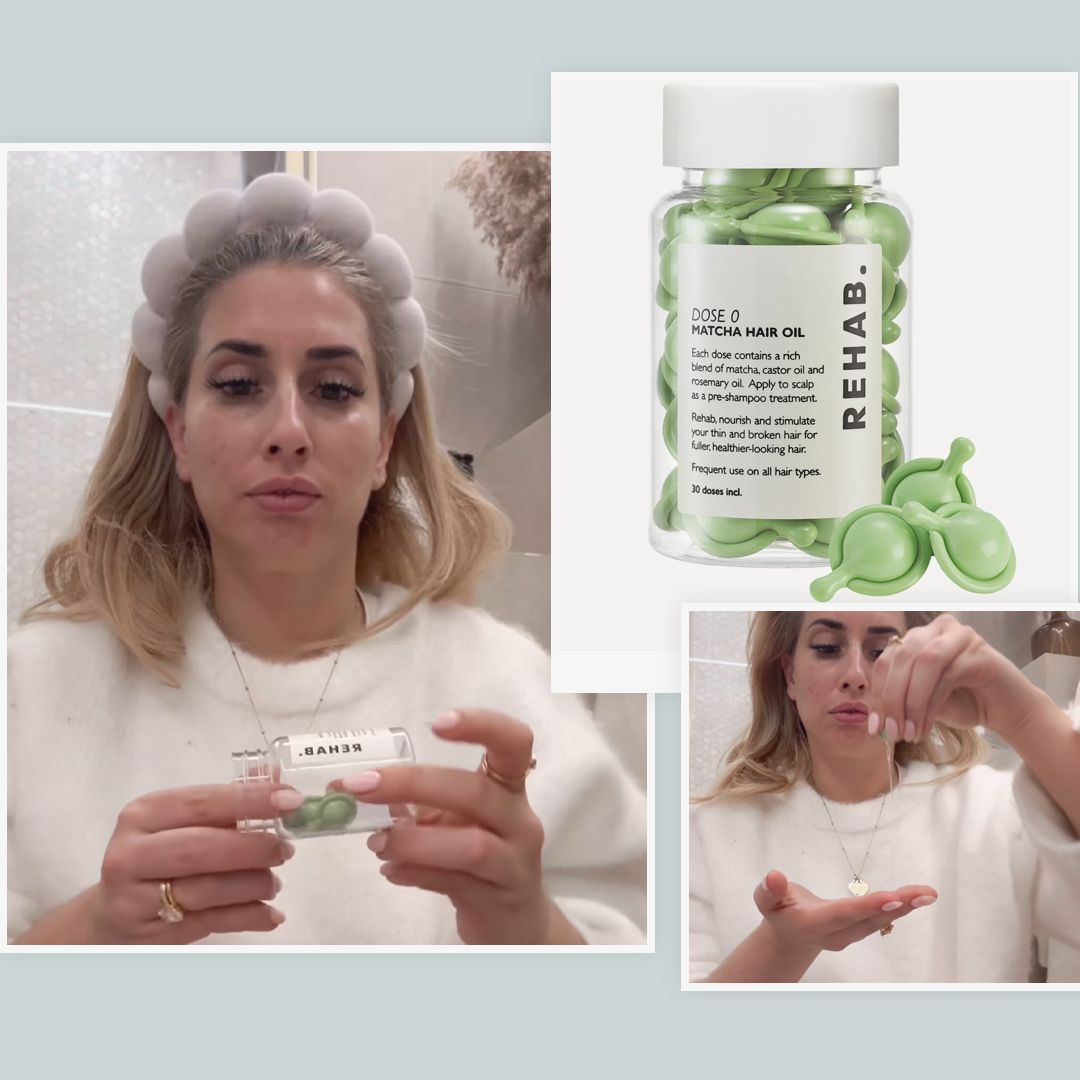Meghan Markle is known for her luscious brunette hair which she often wears in a messy bun, or down in sleek, glamorous waves. Beauty fans all over the world are desperate to find out how she will wear her hair on her wedding day – and we spoke to Jon Chapman, the celebrity hairstylist who has turned his hand to Meghan's locks before. When asked which look he thinks the 36-year-old will opt for on her big day, he predicts: "Meghan has a very modern aesthetic. Her fresh approach is understated and sophisticated yet effortlessly cool. It would be wonderful to see her hair down on her wedding day, styled in her signature glossy waves. Or, to keep hair away from her face, something as simple as a knot would look chic and keep a tiara and veil in a comfortable and secured position. For the evening I hope she opts to let her hair down, literally, in sumptuous waves, a less formal style suited to enjoying the rest of her wedding with new husband, family and good friends."
Jon says that Meghan's hair is "sophisticated yet effortlessly cool"
Jon reveals that Meghan was a dream client because her hair is "strong, thick, wavy and enviably glossy," and big, bouncy waves are "particularly flattering" on her. The stylist used a variety of products on the gorgeous former Suits star, including the AQUIS hair towel – a tool he is a huge fan of.
Jon used the Aquis towel on Meghan, which retails at £30
The time-saving tool is engineered to wick water away from hair, rather than absorbing it, so hair dries in half the time of normal bath towels.
READ: Is this the cheapest bag Meghan Markle has EVER worn?
Jon explains that he use the product on Meghan – "I wrapped it in the hair towel, which dries hair 50% faster than standard towels. I then applied a heat-protecting volumnising spray and a nourishing serum throughout to further protect hair from weather and frizz."
MORE: This is what Meghan Markle's wedding perfume will smell like
The stylist then used a large 2" tong to curl the hair and finished off with a light styling spray to "hold the waves in place, without weighing them down, and used fingers to separate the ends."

